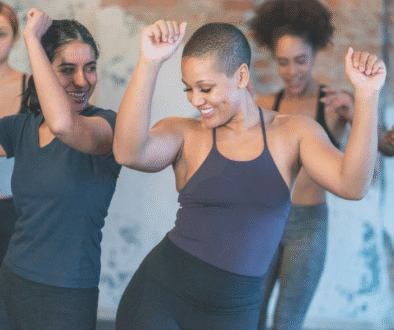Crush Your Core!
By Aparna Mele MD
Do you include core exercises in your fitness routine? Here’s why you should.
Your core consists of the muscles between your chest and your hips: rectus abdominis (a.k.a. your six-pack muscles, which run down the front of your stomach), transverse abdominis (deep abs muscles that wrap around your stomach), and obliques (otherwise known as your side abs, which help you rotate). A successful ab workout incorporates movements that use all of these major muscles—preferably at the same time.
In case you didn’t know, your core impacts everything you do, and means so much more than having societally championed “six-pack abs.” Yes core exercises can strengthen and tone the underlying muscles to create defined abdominal muscles that have you looking good in bathing suit season. But the location of your abs means that they are worked hard by compound exercises that hit both the upper and lower body. Your core is also key improved balance and stability, and core exercises train the muscles in your pelvis, lower back, hips and abdomen to work in harmony. Whether you want to squat heavy weights, improve your balance, hike up the stairs with ease, run fast or long distances, and more, your core plays a major role in your ability to succeed with these and so many more body movements. Examples of great core exercises include glute bridge marches, V-ups, bear crawl, hollow rock, side planks, heel touches, Russian twists, combo crunches, sit ups, among many others. While exercising the abs muscles may increase endurance or strength, it won’t burn off the fat in that area. The reason for this is because the body draws energy from the entire body when exercising, not just from the part you’re working on. The only way to burn fat from your belly is to reduce overall body fat with consistent exercise—cardio, weight training, and flexibility—and a healthy, low-calorie diet. Your abdominal muscles are like other muscles of the body and grow and become stronger in the same way, using resistance training that progressively gets more challenging as you continue to train consistently. For this reason, you should train them the same way you would train your biceps or your chest, which means strength training 2 to 3 times a week with rest in between and a variety of exercises to target different areas of the abs.
In order to get a strong core, make time to do abdominal exercises, either as a quick stand-alone abs blast, or tacking them on to the end of your main training session to ensure your abs are getting the attention they merit. Focus on pulling your navel in toward your spine to keep your ab muscles engaged. If you’re doing a movement on your back, make sure to press your lower back into the floor so your abs do the work—not your spine. And don’t forget to mix and match abdominal exercises to create an all inclusive core workout that’ll get you stronger in no time.



